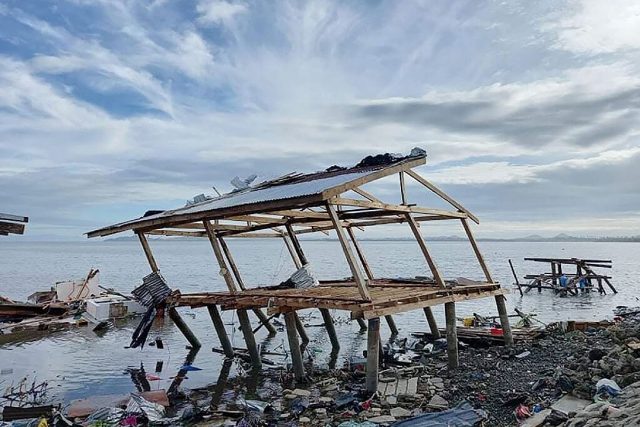Shopping on social media seen hitting $1.2T by 2025
SHOPPING on social networks such as Facebook, TikTok and WeChat is going to grow three times faster than sales from traditional channels over the next three years, according to a study released by Accenture.
Social commerce, defined as transactions that take place entirely within the context of a social-media platform, will reach $1.2 trillion by 2025, up from $492 billion in 2021, the consulting company said in the report. The trend is being driven primarily by Gen Z and Millennial consumers, who are expected to account for 62% of the spending.
The most popular products sold via social networks include clothing, consumer electronics and home decor. Beauty and personal care is also seeing growth, with online influencers playing a significant role.
The trend offers good news for mom-and-pop shops: More than half of so-called social buyers surveyed said they are likely to support small businesses over larger retailers and would likely to buy from them again. This may allow new brands to build loyalty and gain traction.
Accenture also found that around 3.5 billion people used social media in 2021, spending on average two and a half hours engaged with it per day. The market for social commerce is far less saturated in the US and the UK than in China, where 80% of social media users make social-commerce purchases, according to Accenture.
China is expected to remain the most advanced market for social commerce in size and maturity, Accenture said, with the highest growth being posted in developing markets such as India and Brazil.
The study is based on an online study of 10,053 social media users in China, India, Brazil, the US and the UK conducted from Aug. 12 to Sept. 3. It also carried out in-depth interviews in those markets earlier during 2021. — Bloomberg


















